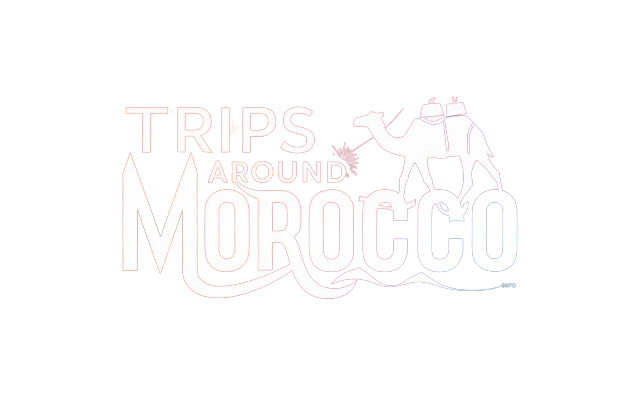
Moroccan Berbers
Throughout Morocco, travelers may notice unusual inscriptions on signs and buildings. Many of these are written in Moroccan Berber, a language used by millions across the country. For example, the word “Technopark” appears as “Teknubark” in Berber. By reading from left to right, some letters resemble Latin characters, the cross-like “T”, the zigzag-like “E”, and the last shape, like “K”. The rest remain unique to Berber scripts.
What Is Moroccan Berber?
Berber, also called Amazigh, is the language of the indigenous people of North Africa. The term “Berber” comes from the Greek word barbaros, meaning foreigner, but the Amazigh identify as “free people”.
Morocco is home to 14–20 million Berbers, making it the largest Amazigh population in the world. They also live in Algeria (9–13 million), Libya (4 million), Mauritania, and even France (2.5 million).
There are seven main Berber languages in Morocco, often considered dialects due to minor variations. Writing systems for these languages have evolved. Since 2003, most inscriptions use the New Tifinagh alphabet, a standardized script introduced in Morocco.
Where Berbers Live
Berbers mainly inhabit remote villages and rural areas, including mountain ranges, deserts, and small settlements. In these locations, daily life is simple. Traditional clothing—tagelmust turbans and galabeya robes- is often worn only on holidays or by urban residents celebrating heritage.
Villages, such as Ourika near Marrakech, are small and underdeveloped. Streets may lack asphalt, and modern utilities like electricity or running water have only recently arrived.
Berber Museums and Crafts
The Ourika Berber Museum showcases traditional tools and artifacts, including plows, knives, and millstones. Salah, the museum’s curator, explains the practical uses of each item and shares stories about Berber life.
Berber Carpets: Stories in Patterns
Berber carpets are not merely decorative—they are a language of symbols. Each shape and color conveys meaning:
- Triangles = men
- Rhombuses = women
- Colors: green = heaven, blue = child, yellow = man, red = woman
For example, a carpet with 24 rhombuses and a green-headed rhombus might represent a 24-year-old woman pregnant with a boy. Only Berbers fully understand the complex codes woven into these rugs.
Berber Village Life
Houses in Berber villages are often constructed from clay, straw, and bricks, with basic interiors and stoves for warmth. Stoves serve multiple purposes: heating the living area, warming livestock in the basement, and cooking food.
Life in these villages is challenging, especially during winter near the Atlas Mountains, where temperatures may drop below freezing. The houses are designed to stay cool in summer and retain heat in winter.
Traditional Moroccan Berber Food and Butter
Berber women play a vital role in household life, preparing meals and making butter from fresh milk. Butter is churned in large containers, often over small fires, and salted to preserve it for years of poor harvests. This traditional method produces a rich, slightly salty butter, essential for Berber cuisine.
The Beauty and Strength of Berber Culture
Berbers remain closely tied to their traditions despite modernization. Their culture reflects:
- Deep respect for nature and land
- Unique artistic expressions (carpets, tools, and textiles)
- Community-centered living
- Resilience in challenging environments
Visitors to Berber villages experience a rare glimpse of Morocco’s authentic, rural life, from traditional crafts to daily routines shaped by centuries of heritage.
